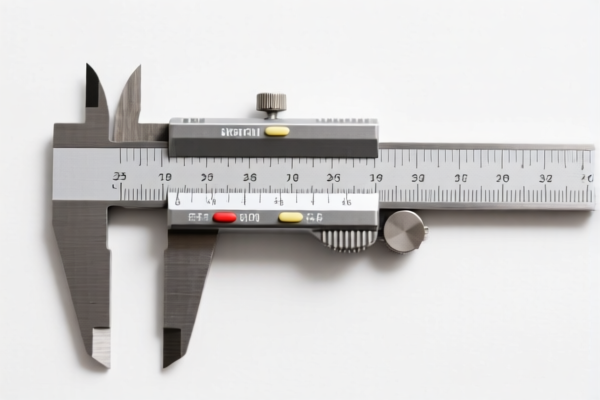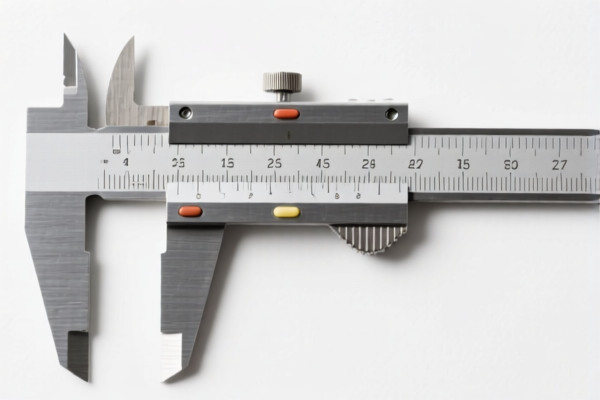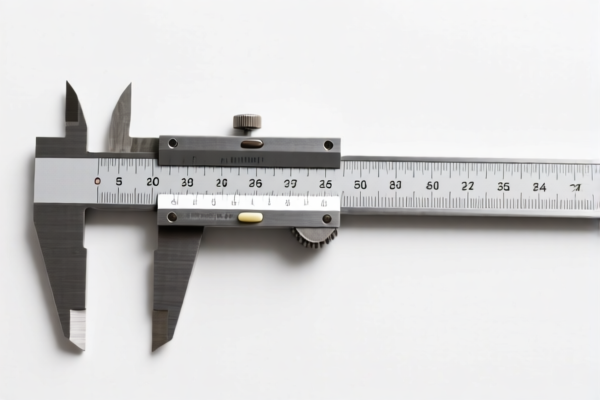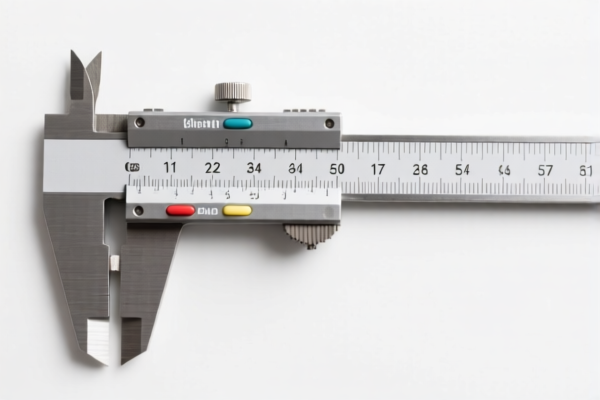| HS Code | Official Doc | Tariff Rate | Origin | Destination | Effective Date |
|---|---|---|---|---|---|
| 9017304000 | Doc | 60.8% | CN | US | 2025-05-12 |
| 9017308000 | Doc | 58.9% | CN | US | 2025-05-12 |
| 9031808060 | Doc | 30.0% | CN | US | 2025-05-12 |
| 9031808070 | Doc | 30.0% | CN | US | 2025-05-12 |
| 8210000000 | Doc | 58.7% | CN | US | 2025-05-12 |
| 8205906000 | Doc | The rate of duty applicable to that article in the set subject t+30.0% | CN | US | 2025-05-12 |
| 8206000000 | Doc | The rate of duty applicable to that article in the set subject t+30.0% | CN | US | 2025-05-12 |
| 7326908688 | Doc | 82.9% | CN | US | 2025-05-12 |
| 7326908688 | Doc | 82.9% | CN | US | 2025-05-12 |
| 7323997000 | Doc | 60.3% | CN | US | 2025-05-12 |
| 7323999080 | Doc | 83.4% | CN | US | 2025-05-12 |
| 8423909000 | Doc | 57.8% | CN | US | 2025-05-12 |




Measuring Tool Set
A measuring tool set is a collection of instruments used to obtain precise dimensions, quantities, or physical properties of objects or systems. These sets are utilized across a broad spectrum of applications, ranging from professional construction and engineering to hobbyist woodworking and home improvement.
Materials
The materials used in measuring tool sets vary depending on the specific tools included and their intended precision and durability. Common materials include:
- Steel: A mainstay for rulers, squares, levels, and calipers due to its strength and rigidity. Stainless steel is favored for corrosion resistance.
- Aluminum: Used for levels and some rulers, offering a lighter weight alternative to steel.
- Plastic: Common in tape measures, protractors, and some specialized gauges, providing cost-effectiveness and resistance to certain chemicals.
- Wood: Historically used for rulers and levels, now less common but still found in some traditional sets.
- Electronics: Digital measuring tools utilize electronic components, LCD screens, and often require batteries.
Purpose & Function
The primary purpose of a measuring tool set is to provide accurate and reliable measurements. Functions include:
- Length Measurement: Determining the distance between two points (e.g., rulers, tape measures, calipers).
- Angle Measurement: Determining the angle between two surfaces or lines (e.g., protractors, angle finders).
- Leveling: Establishing a horizontal or vertical plane (e.g., spirit levels, laser levels).
- Depth Measurement: Determining the distance from a surface to a specific point (e.g., depth gauges, calipers).
- Diameter Measurement: Determining the size of circular objects (e.g., calipers, micrometers).
- Marking: Precisely indicating points or lines on a material (e.g., scribes, marking gauges).
Usage Scenarios
Measuring tool sets are employed in a wide variety of settings:
- Construction: Framing, concrete work, drywall installation, flooring.
- Woodworking: Furniture making, cabinet construction, carpentry.
- Engineering: Mechanical design, quality control, prototyping.
- Automotive Repair: Engine building, chassis alignment, component fitting.
- Home Improvement: DIY projects, renovations, repairs.
- Metalworking: Fabrication, welding, machining.
- Surveying: Land measurement, topographical mapping.
Common Types of Tools Included
While the specific tools vary based on the set's focus, common components include:
- Tape Measure: Flexible ruler for measuring lengths and distances. Available in various lengths (e.g., 16ft, 25ft).
- Ruler/Straight Edge: Rigid ruler for measuring and drawing straight lines.
- Spirit Level: Indicates horizontal or vertical alignment using fluid-filled vials. Types include standard levels, torpedo levels, and laser levels.
- Combination Square: Versatile tool for marking 90° and 45° angles, checking squareness, and measuring depth.
- Protractor: Measures angles in degrees.
- Calipers: Precise measuring tool for determining internal and external dimensions, depth, and diameter. Types include Vernier calipers, digital calipers, and dial calipers.
- Micrometer: Extremely precise measuring tool for small dimensions.
- Scribe: Used for marking lines on metal or wood.
- Marking Gauge: Creates parallel lines at a set distance from an edge.
- Angle Finder: Measures angles in tight spaces.
- Digital Measuring Wheel: Measures long distances and curves.
The declared goods, “measuring tool set,” encompass a collection of instruments designed to determine physical quantities such as length, weight, angle, and temperature. These sets are typically utilized in various applications including construction, engineering, woodworking, and general DIY projects. They can include items like rulers, tape measures, levels, protractors, calipers, and potentially basic thermometers or weighing scales.
The following HS codes are relevant based on the provided reference material:
- 0906.10.00: This HS code covers “Manometers, gauges and measuring or checking instruments, appearing in instruments of heading 9018; graduated measuring glasses and other measuring glasses.” This could apply if the set includes precision gauges or specialized measuring instruments beyond basic rulers and tape measures.
- 9015.10.00: This HS code covers “Surveying, drafting or drawing instruments.” If the set contains instruments specifically designed for surveying, drafting, or technical drawing (e.g., protractors with precise angle markings, levels with high accuracy), this code is applicable.
- 9015.20.00: This HS code covers “Photocopying apparatus and thermocopying apparatus; drafting machines.” While primarily focused on photocopying and drafting machines, it's included as it encompasses drafting machines which may be present in some measuring tool sets.
- 9015.30.00: This HS code covers “Drawing, marking-out or mathematical calculating instruments; measuring instruments of straight lines or rulers.” This is a highly relevant code as it directly includes measuring instruments like rulers and straight-line measuring tools, commonly found in measuring tool sets.
- 9015.80.00: This HS code covers “Other measuring, checking, testing, navigating or similar instruments and apparatus.” This is a broad category that could apply to any specialized measuring tools within the set not specifically covered by other codes.
Regarding HS code 9015.30.00, it is important to note that this code specifically covers drawing, marking-out, or mathematical calculating instruments, and measuring instruments of straight lines or rulers. This means the tools must be designed for these specific purposes to be classified under this code.
Customer Reviews
No reviews yet.